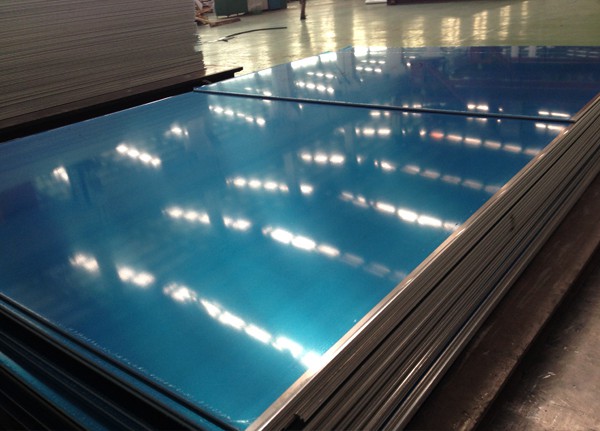Aluminum, a highly versatile metal, is often alloyed to enhance its properties for various applications. Two commonly used alloys are 1060 and 3003, each with distinct characteristics and uses.

1060 Aluminum Alloy:
Alloy 1060 primarily consists of pure aluminum, making it exceptionally malleable and ductile. This characteristic allows for easy forming and shaping, making it ideal for intricate designs and applications that require high flexibility. It possesses good electrical and thermal conductivity, although its strength is relatively low compared to other alloys. As a result, 1060 aluminum finds extensive use in electrical applications, reflectors, signage, and heat sinks.
3003 Aluminum Alloy:
On the other hand, 3003 belongs to the 3xxx series and has manganese as its main alloying element. This addition provides an increase in strength, making it slightly stronger than 1060. Additionally, 3003 exhibits excellent corrosion resistance, particularly in marine and corrosive environments, due to its resistance to atmosphere, fresh water, and basic environments. This makes it a preferred choice for various applications such as cooking utensils, heat exchangers, chemical equipment, and packaging.
Comparative Analysis:
In terms of strength, 3003 aluminum is stronger than 1060 due to the presence of manganese. However, 1060 surpasses in malleability and ductility, making it easier to form and shape. When it comes to corrosion resistance, 3003 clearly takes the lead due to its composition.
Choosing the Right Alloy:
The choice between these two alloys depends on the specific needs of the intended application. If formability and malleability are crucial, 1060 is the go-to choice. On the other hand, if the application requires higher strength and improved corrosion resistance, 3003 is the suitable option.
In conclusion, both 1060 and 3003 aluminum alloys have their unique strengths and applications. Understanding these differences allows for informed decisions based on the requirements of a particular application. Whether it’s for electrical components, cooking utensils, or specialized equipment, the versatility of aluminum alloys continues to drive innovation across diverse industries.
